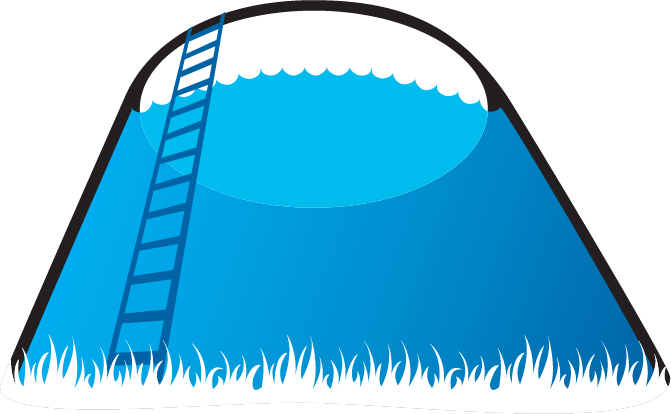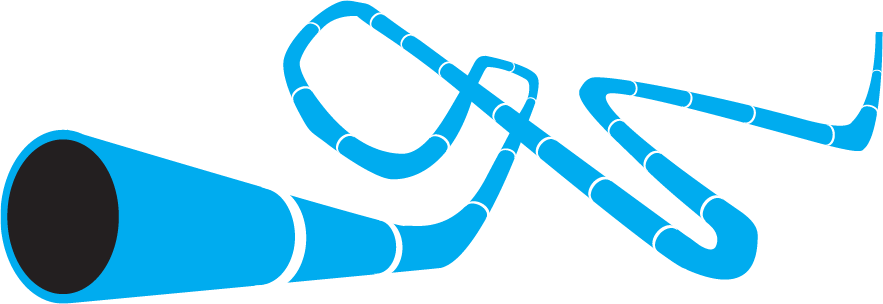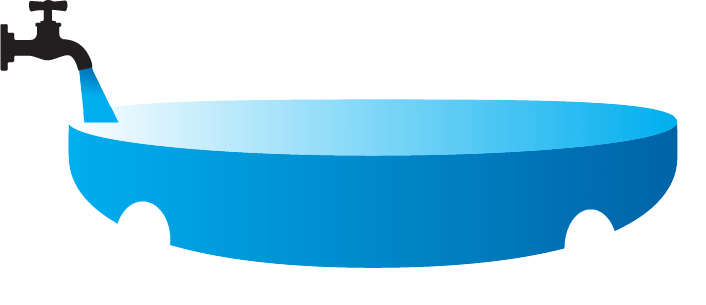Chapter four - pipes
When it’s time for our drinking water to be used, it’s now time to leave the reservoir. From here, it travels through another long set of underground pipes. These pipes reach houses all over the district and city. The pipes range in size from around the size of a 50 cent coin (2.5cm diameter) right up to around 75 cm wide (the size of a large hula hoop).
There are more than 1000 km of water pipes in Hamilton and a further 642 km in Waipā, so altogether that's 1,642 km of pipes!
Pipes are fitted with instruments that monitor the flow, pressure and quality of the water.
What happens if there is a broken pipe?
From time to time, you may notice that your water pressure is lower than usual or you have no water at all. This may be because there has been a break in one of the water pipes. The maze of pipes is designed so that water can be fed to suburbs from more than one direction so if there is a break in the pipes, the water can still get through to most houses. If a break does happen, Council staff and contractors get onto repairing it as soon as possible.





